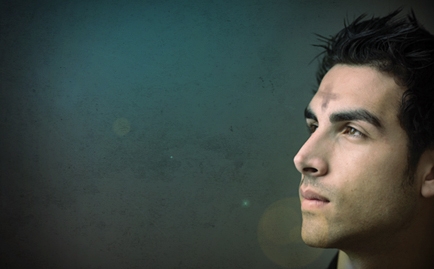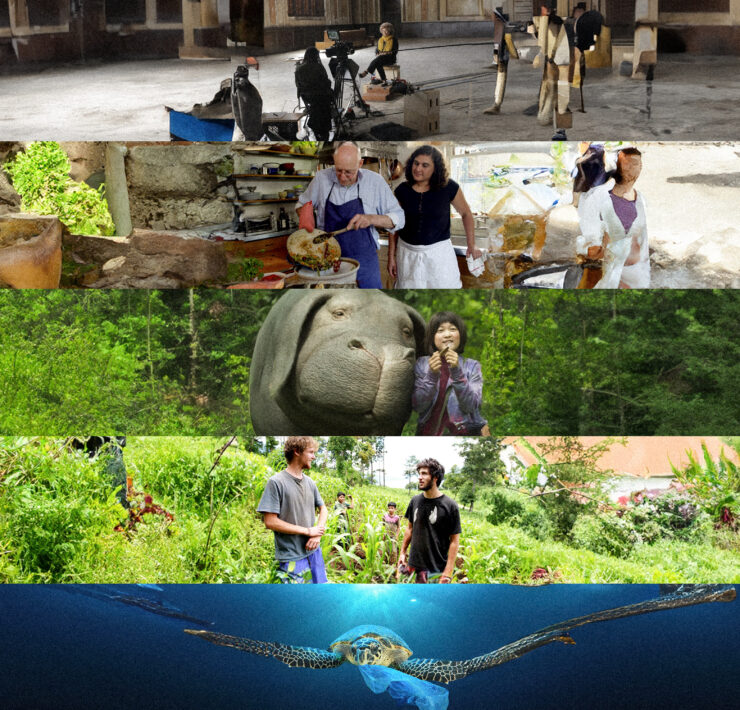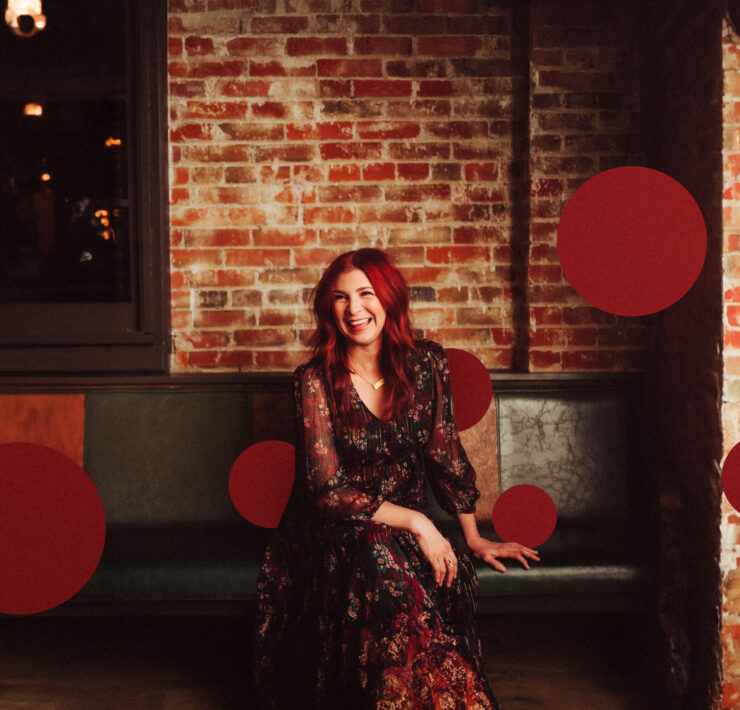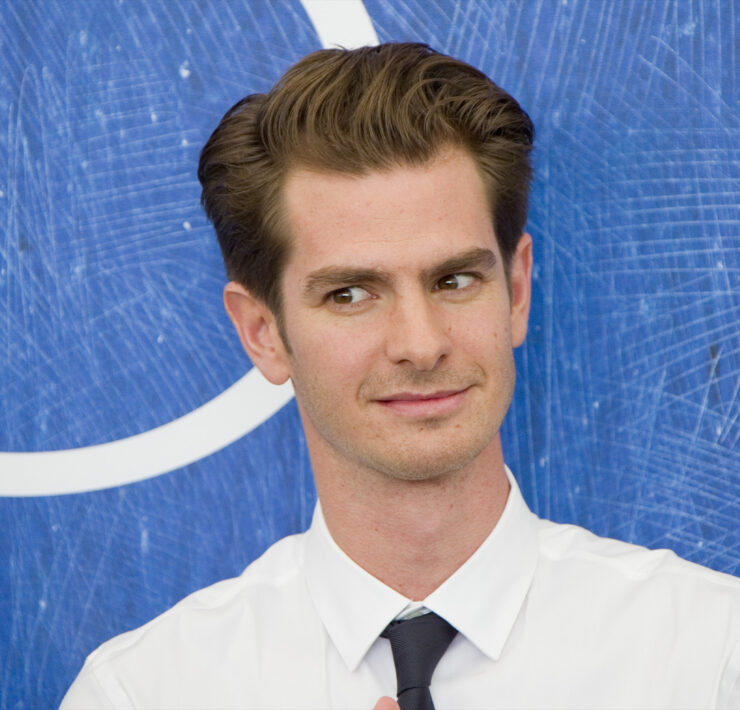Based on the premise alone, you might expect The Double Life of Véronique to fall within the bounds of magical realism. It’s about two female doppelgängers, one Polish (Weronika) and one French (Véronique). Both are musically inclined, both experience the world around them in wide-eyed wonder and both have some sense that they aren’t alone. In the hands of a Hollywood director, you might expect this flighty sense of a connection to culminate in a meeting between the two women, but this is the work of Polish director Krzysztof Kieslowski, not some Tinseltown director-for-hire. Kieslowski, who began his career making documentaries, infused all of his films, no matter how uncanny the premise, with a strict sense of realism and a concern for universal human experience. Véronique’s premise may sound surreal, but it is set within the confines of an apparently closed system.
Because the film never does precisely what we think it should, it requires patience. As Americans, we’ve come to accept the heightened emotions of Hollywood films as the norm. Consequently, films that lean heavily on introspection, subtext and subjectivity are sometimes regarded with a measure of skepticism, if not outright apathy. And to be honest, Véronique is not the most entertaining movie you’ll ever see, but it is captivating. Watch it, if for nothing else, for Slawomir Idziak’s luminous cinematography, or for Zbigniew Preisner’s haunting score. Watch it also for Irène Jacob’s penetrating performance as both Weronika and her doppelganger Véronique. And as you watch, try to consider the implications of what Kieslowski has made.
In an interview included on Véronique’s Criterion release, Kieslowski defines the message of his movie very simply: live carefully, for our actions can affect even those we’ve never met. That sounds like simple moralizing on paper, but its execution within the film is more subtle than that. When Weronika experiences a pain in her chest and shortness of breath, she never considers going to a doctor, but when Véronique has the same experience, she immediately visits a cardiologist. Likewise, when tragedy strikes Weronika, Véronique knows she must make changes to her life, even though she can’t explain why. These examples support what Kieslowski says about his film, but they also point to a nuanced belief that humans, while apparently isolated from one another, also share an ineffable connection.
For an example of this, consider the film’s final moments. As Véronique drives up to her father’s house, she pulls her car up to a tree and caresses its bark with her hand. Her father, unaware that his daughter is outside, looks up from his work, a look of concern or curiosity on his face. Kieslowski cuts back to Véronique’s hand still resting on the tree, and then the picture fades to black. What does an ending like this contribute to the movie? In terms of plot, absolutely nothing, but contained within this sequence of images is a summary of Kieslowski’s message. We are not completely alienated from each other, as some would have us believe; instead, we are bound together in a mysterious way.
As Christians, we often expect an artist to go further than this. We want him to say specifically what or who binds us together. We know the answer, but we want to hear the artist himself say it. But because Kieslowski is so tied to recreating the world we see and experience day after day, don’t expect many solid answers. The world most of us experiences gives us only short-lived glimmers behind the curtain, and some may never experience even that. Yet Kieslowski’s response to the question of who or what is not ignored completely. Enter the puppeteer.
As Véronique struggles to understand the strange sensation she feels inside herself, she encounters a marionette puppeteer who comes to perform at the school where she teaches. During the performance, she glances off to the side, where she catches the puppeteer’s reflection in a mirror. She studies his smooth hand movements, his concentrated face, and as the performance reaches its climax, he looks up and stares directly into Véronique’s eyes.
As much as Kieslowski would probably object to his character being turned into a symbol, the puppeteer can be seen that way nonetheless. He is godlike in the way that he crafts his dolls and lovingly brings them to life. But is he supposed to represent God? Is this Kieslowski’s idea of an answer? We can’t say, and that may be what troubles some of us about art that asks questions without providing answers. Don’t reject a work of art simply because it’s opaque, though. Artists only know as much or as little as we do. The only difference is that audiences often crave answers, while artists thrive on mystery.





















